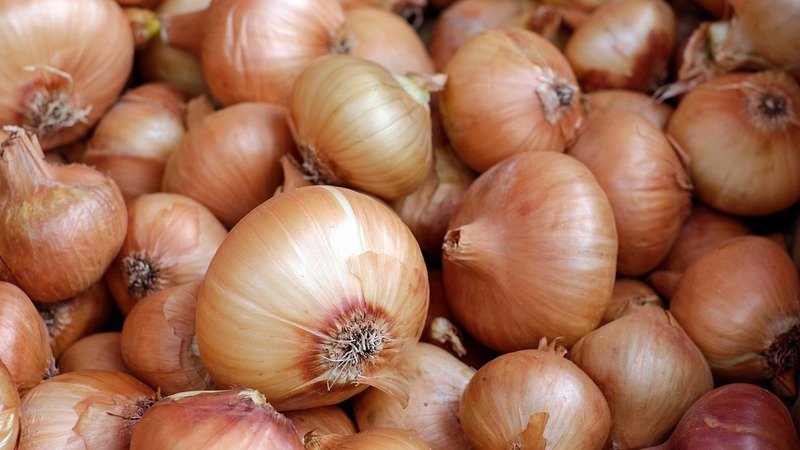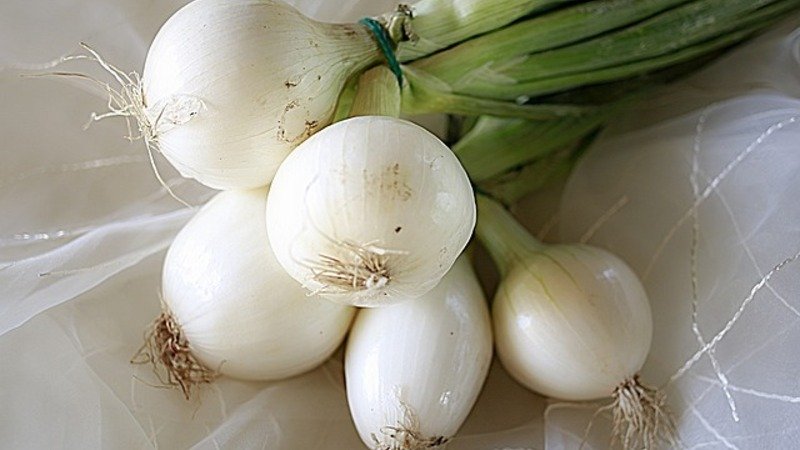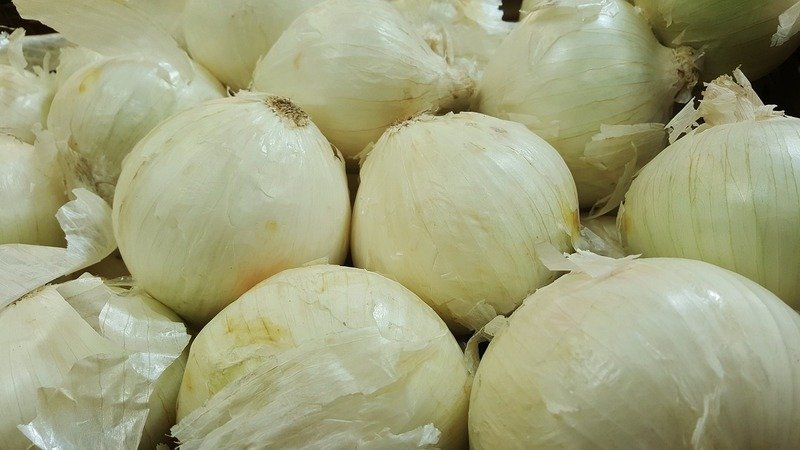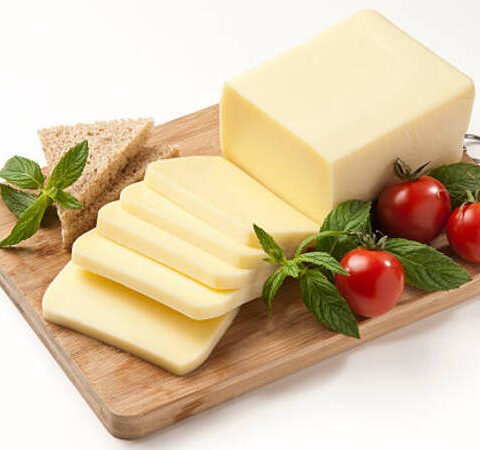Onion is a typical vegetable in the Mediterranean diet, and it contains many benefits. It belongs to the same family as garlic and leek. The edible part is found underground but is not a tuber like the potato; it is still part of the stem. White Onion is cultivated worldwide and has been consumed for many years, although its origin has yet to be known for sure.

Nutritional Value of Onion
Per 100 g edible portion
Energy value | 31.85 kcal |
Fats | 0.25 g |
Carbohydrates | 5.30 g |
Fiber | 1.80 g |
Protein | 1.19 g |
Water | 91.50 g |
Nutritional Facts
As seen in the nutritional table, onion barely contains energy; it is almost entirely composed of water. The presence of any of the three macronutrients does not stand out; Carbohydrates are found in the most excellent quantity. On the other hand, the amount of micronutrients is large. Minerals such as potassium, phosphorus, or calcium have a high proportion. On the vitamin side, carotenoids, vitamin C, and folic acid are most significant. It also contains a significant amount of fiber, being considered a source of soluble fiber, specifically fructans. These fibers are prebiotic, so they serve as food for the growth of healthy intestinal microbiota. In addition, onions are great carriers of sulfur compounds and flavonoids that are responsible for significant health benefits and are considered as nutrition food.

Health benefits of onion
Tremendous nutritional density
Onion, like most vegetables, has a tremendous nutritional density; that is, it provides many nutrients in a small amount of energy.
Substances such as flavonoids or sulfur compounds carry out antioxidant functions; among them, quercetin and anthocyanins stand out. The function of antioxidants is to react with free radicals, reducing oxidative stress.
Quercetin
Quercetin is a type of flavonoid that is highly bioavailable in onion. This antioxidant is related to preventing cardiovascular diseases because it acts as a hypotensive agent in people who suffer from hypertension. It also inhibits the oxidation of low-density lipoproteins (LDL cholesterol). Anthocyanins are responsible for the purple/red color of onions. They are related to protection against cardiovascular diseases, but they also have antidiabetic, antibacterial, and hepatoprotective activity. It is essential to remember that both substances have a high bioavailability as they are found in the onion, so their use will be greater.
Onion in the kitchen
Onion is a very healthy food, so, interestingly; it is in your daily diet. A great advantage is that it can be prepared in many ways and be part of many dishes.
- Raw onion, typical of salads; in this case, onions with a milder flavor or even greater sweetness are usually chosen.
- Cooked onion to make sauces or purees.
- Pickled onion, typical in appetizers
Natural miracle cure
Onions give your food more flavor and are a natural miracle cure when sick. They were already known to the ancient Greeks as a remedy for flu and colds. In traditional Chinese medicine, onions are used to combat strep throat. Onions could also save a cough. Today, I would like to tell you more about the healing properties of this miracle vegetable!
Natural antibiotic
Onions are a natural antibiotic: raw onion contains properties that help fight bacteria in the mouth. For example, tooth cavities and bacteria that damage the gums are neutralized with onions. Boiled, fried, or steamed onions have much less of this antibacterial effect. Onions owe their effectiveness to polyphenols and quercetin, both potent antioxidants. In particular, the high content of polyphenols, which also have an anti-inflammatory effect, makes the onion a real miracle cure for your health. Onions are also packed with vitamin C (especially spring onions and chives), B6 and B11, and minerals such as molybdenum, manganese, potassium, and tryptophan (an amino acid).

Tips to make optimal use of the healthy effect of onions
- Take the white onions. They contain the most active ingredients.
- Use raw onions.
- Only remove the skin when cleaning an onion. The outer ring of the flesh contains the most nutrients. So definitely don’t throw these in the trash!
- Do not use onions that you cut the day before. These may contain bacteria that they have absorbed from the air. For example, do you have half an onion left? Then, store it uncut in an airtight container and remove the dried-out part before use.
Health effects of White onion
As I told you above, the red onion contains the most active substances. More specifically:
- Lowers sugar levels in the blood (the chromium present in onions produces more insulin)
- Promotes a good cholesterol balance
- Promotes cell renewal
- Generally good for bones and cartilage: improves bone density
- Good for the heart and blood vessels due to the quercetin
- Low Glycemic Index(ideal during diets and suitable for diabetics

Conclusion
You can combat this naturally by drinking onion tea and eating raw onions. Place half an onion on your bedside table while you sleep. This way, your nose stays open, and you can breathe more freely. This is thanks to the substance Allyl propyl disulfide. When you cut an onion, this substance makes your eyes water and your nose run. After cutting open the onion, it secretes this substance for a few hours. Onions also have a disinfectant effect; they absorb viruses and bacteria from the air. After a night at the bedside of a sick person, the onion sometimes looks black, and it is best to throw it away immediately.
Eating Munching, is a haven for food enthusiasts and culinary adventurers alike. We are passionate about all things related to food, and our platform is dedicated to sharing the joy and excitement of exploring diverse cuisines from around the world.



